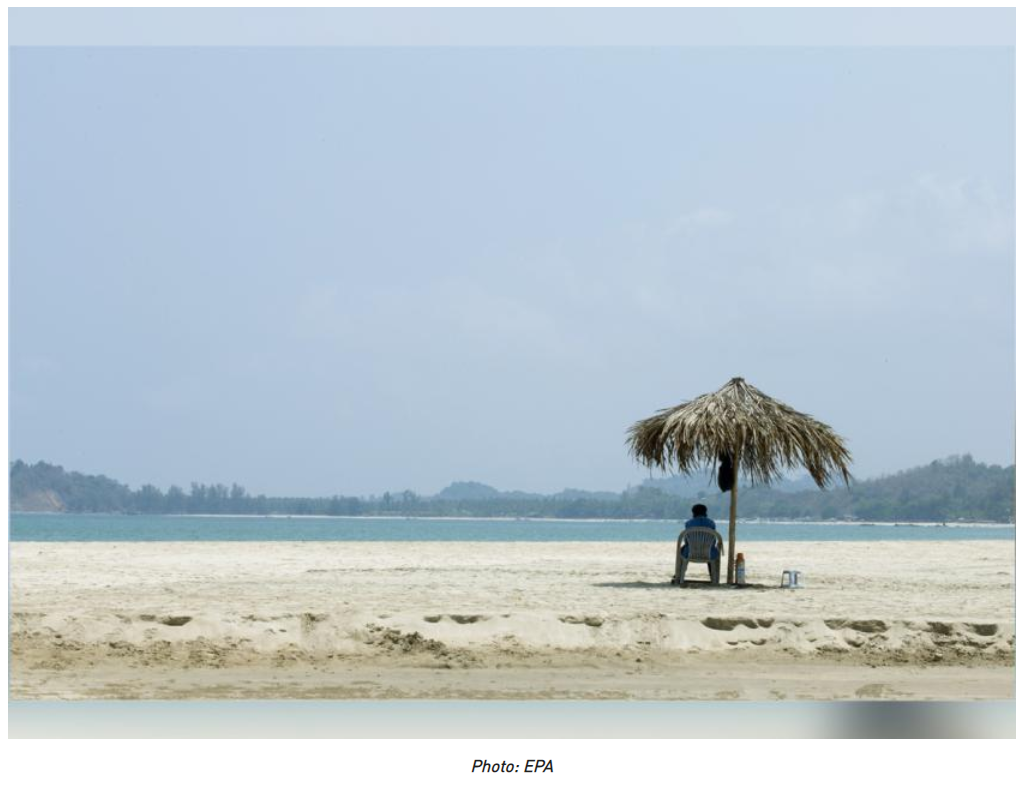Myanmar economy unlikely to recover this year: MIFER
Despite a huge increase in approved foreign investments from US$1.9 billion to $3.3 billion during the period between October and March, the actual inflow of foreign direct investments (FDI) are lower.
At US$500 million, the inflow of investment in the first quarter of the year fell short of last year’s US$800 million, said U Aung Naing Oo, permanent secretary of the Ministry of Investment and Foreign Economic Relations (MIFER).
“My concern is that although more investment was approved, the actual inflow of FDI will be a challenge for us,” he said during an AustCham Myanmar webinar last Wednesday.
“Almost all businesses in the country are suffering as a result of the coronavirus,” U Aung Naing Oo added. He is also a member of the Working Committee to Address the Possible Impacts of COVID-19 on the Country’s Economy, chaired by the investment minister U Thaung Tun.
Based on the ministry’s observations and discussions with businesses, it is unlikely that the Myanmar economy will see a recovery by the end of the year, said U Aung Naing Oo.
“Currently, the impact has been more on garment businesses and the hotel and tourism sector, but this will be seen in other sectors in a few weeks to come,” he added.
Recognising the overall economic disruption on every sector of Myanmar’s economy, the government last week unveiled the COVID-19 Economic Relief Plan (CERP), comprising 72 actions under 7 goals.
Under the CERP, the government provided for the expansion of a K100 billion (US$72 million) fund to K200 billion- K500 billion before the end of the year. The finance ministry first announced the emergency fund in March to help garment and tourism businesses as well as SMEs at an interest rate of 1 percent. It was put together by reallocating up to 10pc of the budgets from each ministry.
Out of approximately 3,800 applications for the fund, 200 for loans amounting to US$10 billion have been approved, according to U Aung Naing Oo.
Other significant measures in the CERP include waivers on Specific Goods Tax, customs duties and commercial taxes for critical medical supplies related to COVID-19 prevention. The plan includes deferrals of corporate income tax and commercial tax and waivers to withholding tax announced before.
For the vast number of factory workers who were laid off since the pandemic, the government will also provide support through the Social Security Board.
It is estimated as many as 500,000 factory workers have been furloughed or dismissed as a result of insufficient supplies and cancellations of orders for manufacturers in the country. The garment industry accounted for the majority of the factory closures.
The tourism industry has also struggled as a result of travel restrictions imposed to prevent the spread of the virus.
Prior to the CERP, which was released on April 27, the government had introduced relief measures incrementally. However, business executives and analysts had urged Nay Pyi Taw to scale up the economic bailout in view of the “unprecedented” challenges facing the country.
Source: https://www.mmtimes.com/news/myanmar-economy-unlikely-recover-year-mifer.html


 English
English




